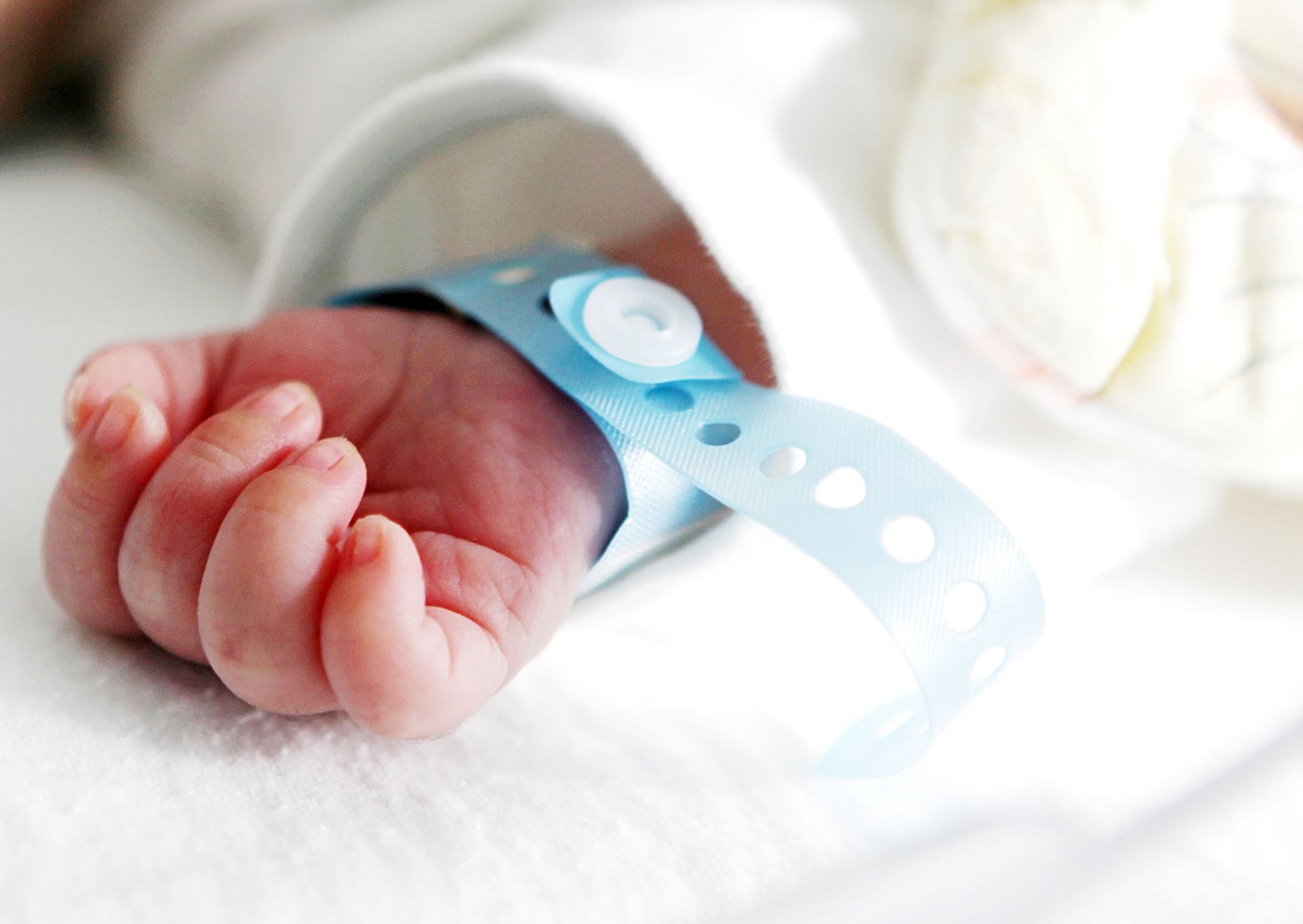
You didn’t see it coming
Imagine your hospital had just encountered its first case of wrong-site surgery. As the Quality and Patient Safety Manager, you were utterly shocked and in disbelief. How could this have happened? After all, Surgical Safety manuals and checklists are in place, and you just had a “Safe Surgery Saves Lives” campaign for Safety Week recently. You looked back at all the incident reports, searching for wrong-site surgery incidents but could not find any. Crucially, there are no near miss reports that give you warning signs that such an adverse event could happen in your hospital. “This must a freak incident”, you said to yourself.
Your thoughts shifted to incident reporting practices in your organisation. Your department receives many incident reports – clinical, non-clinical and workplace incidents – but very few near miss reports. Awareness on reporting near miss incidences or unsafe conditions has been low. “Why report when the error is corrected in time and the patient is not harmed?”, you often hear such remarks. In hindsight, had near miss reporting been encouraged, you might have seen some warning signs and taken mitigating actions.
The above is a hypothetical scenario to highlight the importance of near miss reporting. It is part of proactive safety and risk management and is crucial in preventing adverse events. Data from near miss reports will enable you to identify potential risks and system weaknesses and step up safety measures.
Examples of near miss events in healthcare: Don’t leave it to chance
The following are some examples of near miss reports that would have raised red flags in the above scenario:
- Discrepancy between the scheduled procedure and the consent form
- Wrong patient entering the operating room
- Patients at the operating room without proper identification
- Site markings are ambiguous or unclear
- Site markings being done without the involvement of a patient or surgeon
- Not all team members were present during time outs
How many such near misses might have occurred but go unreported?
Table of Contents
What is a near miss event in healthcare?
WHO defines a near miss as “an error that has the potential to cause an adverse event (patient harm) but fails to do so because of chance of or because it is intercepted”.
The National Health Service (NHS) defines near miss as any patient safety incident that had the potential to cause harm but was prevented. A near miss incident should be distinguished from a “no harm” incident, where an incident happened, but no harm resulted (for example, out of date medicine administered, but the patient suffered no ill effects).
ISO 45001 (Occupational Health & Safety) says an incident where no injury and ill health occurs, but has the potential to do so, can be referred to as a “near miss”, “near-hit” or “close call”.
Near misses are not limited to clinical incidents. In healthcare settings, they include non-clinical incidents, workplace safety and health related incidents, and IT and data breach incidents.
The importance of near miss reporting
Just like incident reporting, near miss reporting plays a crucial role in the patient safety management system. Studies conducted on patient safety have shown that the root causes of near misses and adverse events are similar. However, near misses are around 10 to 100 times more frequent than actual incidents. The large database on near misses provides valuation information for analysis to prevent incidents from occurring.
The importance of near miss reporting are as follows:
Identifying potential risks and hazards. Near miss reporting provides you with a large database for analysis to identify potential risks and hazards in the workplace. Near misses could be the warning signs of latent system failures that otherwise go unnoticed. Root cause analysis on near misses can tell you whether the existing safety measures in place are effective, or further preventive or early detection mechanisms are required.
Building a culture of safety. Near miss reporting can help to create a culture of safety, where patient safety is the top priority. It promotes open communication and encourages health workers to be more aware of safety concerns, and report near misses and other incidents without fear of reprisal.
Learning from errors. Near miss reporting provides opportunities for learning and continuous improvement. These learnings can lead to new safety practices and sharing of skills and knowledge among health workers.
Mitigating financial, reputational, and legal risks. Moreover, by demonstrating a proactive approach to patient safety, management can mitigate the risk of financial and reputational losses resulting from adverse events, as well as the risk of legal liabilities.
Barriers to near miss reporting
There are various barriers to reporting near miss events in healthcare. Chief of which is safety culture and awareness. Many people including health workers are still having the perception that if an incident does not reach the patient or cause any harm, it is not necessary to report. They are not fully aware of the importance of near miss reporting. Fear of punitive actions and blame culture are major hindrance. Heavy workload and time constraints, fear of litigations, poor feedback loop, and manual and ineffective reporting systems, are some of the common barriers.
How is your organisation doing in near miss reporting? A useful indicator is the number of near misses reported as a percentage of the total number of incidents reported. If the percentage is less than 10% or 20%, then you may want to conduct an internal survey to find out why people are hesitant to report near misses.
Strategies to encourage near miss reporting
Here are some strategies that you can implement to encourage near miss reporting.
Promote safety culture and open communication: Creating a culture of safety is essential to encourage reporting of near misses, regardless of severity or outcome of the incidences. Promote open communication, transparency, non-punitive reporting policies and a no blame culture. Break the psychological safety barrier and make people feel comfortable to report near misses.
Provide training and raise awareness: Emphasize the importance of near miss reporting, how it can prevent adverse events, how to identify near misses, and how to report them can help promote reporting. Healthcare workers should also learn how to intervene or respond in situations where errors are detected before reaching patients.
Recognise and reward near miss reporting: Rewarding staff for reporting near misses is an effective way to encourage reporting. It sends a strong message on management commitment to improve patient safety. Organise safety campaigns on near miss reporting and share success stories.
Implement a web-based reporting system: Use simple forms. Make it quick and easy for staff to report near misses. Use simple forms. The healthcare incident management software should be user-friendly, easily accessible, and confidential. Provide an anonymous reporting feature so that more people will step forward. Use the reporting system for data and trend analysis, generating actionable insights, and tracking corrective actions.
Provide feedback and be open: Provide feedback to staff who reported the near misses can help encourage greater participation. Seeing their efforts appreciated and led to a positive impact on patient safety is a great motivation. Showcase the achievements through internal newsletters and websites, etc. A web-based solution can facilitate open communication and collaboration.
Engage patients and their families: Encourage patients and their families to report near misses and potential safety concerns. Patient engagement plays a crucial role in patient safety. Patients and families can provide unique insights and perspective, and personal experiences.
How to avoid near misses in healthcare?
To avoid near misses in healthcare, focus on these key strategies:
- Enhance Communication: Establish clear, standardised communication protocols among staff.
- Continuous Training: Provide regular training on best practices and new technologies.
- Encourage Error Reporting: Foster a culture where staff can report errors and near misses without fear.
- Involve Patients: Educate patients about their treatments and encourage them to participate actively in their care.
- Conduct Regular Audits: Perform audits to identify risks and use feedback for improvement.
- Utilize Technology: Implement incident reporting software, electronic health records and automated systems to reduce human error.
- Promote Teamwork: Encourage collaboration across different healthcare disciplines.
- Manage Stress: Address stress and burnout among healthcare professionals.
- Update Policies Regularly: Keep policies and procedures in line with the latest best practices.
- Implement Checklists: Use checklists for procedures to ensure all steps are followed.
More examples of near miss incidents in nursing and hospitals
Near miss incidents in hospitals and nursing are events where an error was made but was caught or corrected before causing harm to a patient. Here are examples that encompass both hospital settings and nursing practices:
Medication-Related Near Misses:
- A nurse almost administers medication intended for another patient but realizes the error upon double-checking the patient’s identity.
- A pharmacist catches a potential drug interaction in a patient’s prescription before it is dispensed.
Surgical and Procedure-Related Near Misses:
- In the operating room, a surgical team conducts a ‘time out’ and discovers they were about to operate on the wrong site.
- A nurse identifies that a consent form for a procedure was signed without the patient fully understanding the risks, allowing for re-education and informed consent.
Diagnostic Errors:
- A lab technician notices a discrepancy in lab results that leads to a review and correction of a patient’s diagnosis before treatment is initiated.
- A nurse observes symptoms that don’t align with a patient’s current diagnosis, prompting a re-evaluation by the medical team.
Patient Falls and Safety:
- A nurse intervenes just as a patient at risk of falls attempts to get out of bed unassisted.
- Environmental hazards like a wet floor are identified and addressed before any patient or staff incidents.
Infection Control:
- A breach in infection control protocols, like improper hand hygiene, is noticed and corrected before any procedures are carried out.
- Sterilization equipment malfunction is detected and rectified before any contaminated instruments are used.
Equipment and Technology Failures:
- A nurse notices a malfunction in a patient monitoring device and switches to a functional one before the patient’s condition is adversely affected.
- An IV pump is found to be set at the wrong rate, but a nurse corrects it before the infusion starts.
Documentation and Communication Errors:
- Miscommunication about a patient’s allergy is clarified before administering medication.
- A nurse spots an error in the electronic health record and corrects it before it leads to inappropriate care.
Emergency Response Issues:
- A delay in code blue response is identified and rectified quickly, ensuring the patient receives timely resuscitation efforts.
- Miscommunication during a handoff is caught by a staff member, preventing a delay in critical care.
Blood Transfusion and Lab Specimen Errors:
- A mismatch in blood type for a transfusion is identified during a routine double-check procedure.
- A nurse notices that a lab specimen label doesn’t match the patient’s details, preventing a mix-up.
Patient Identification:
- Two patients with similar names are assigned to the same unit, but careful checking of identification bands prevents medication and treatment mix-ups.
In summary
Near miss reporting is crucial to improving patient safety and preventing harm. It helps in early detection of potential risks and hazards, improves safety culture and awareness, and promotes transparency and learning. Healthcare organisations should encourage and promote a culture of near miss reporting among staff, patients, and their families. Establishing a web-based system for reporting, analysing, and monitoring near miss incidences and corrective actions will be a great step forward.
You may want to check out our blog post on Online incident reporting: Key to fostering open communication.
Share your success stories on near miss reporting with us by emailing them to hak@healthgrc.com
QUASR is a cloud-based, user-friendly, and secure incident and near miss reporting system.
Try our digital incident reporting system
QUASR is a cloud-based healthcare incident reporting system. It offers functionalities that encourage Patient Identification Error reporting, facilitate collaboration, enable analysis, and track actions.






